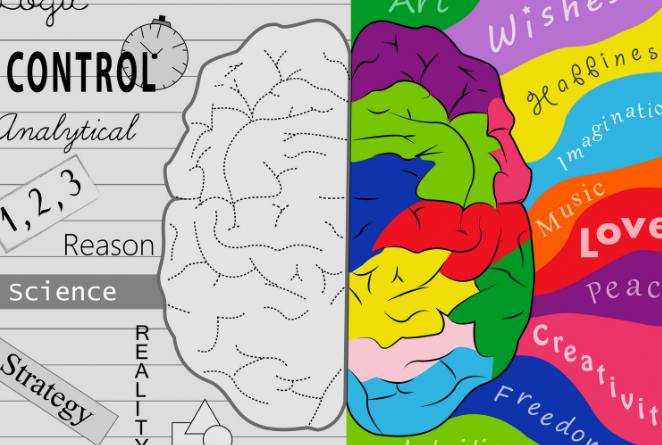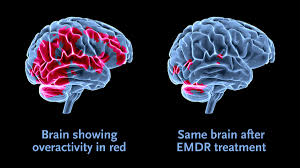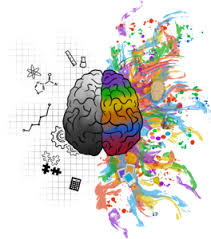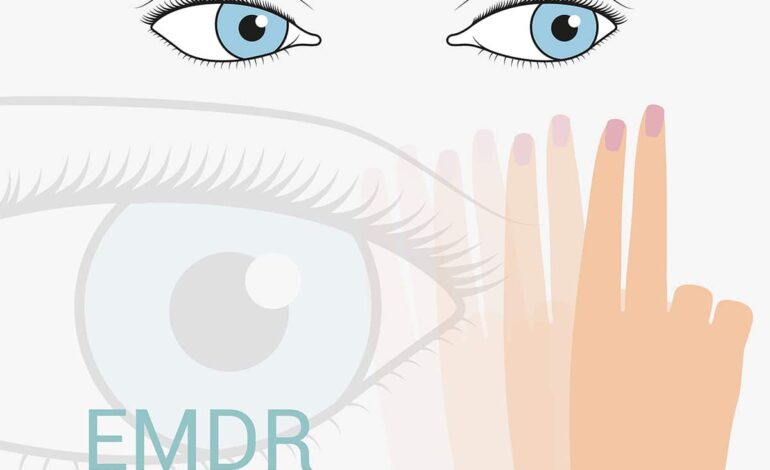EMDR Therapy is a type of psychotherapy that has been proven to help with anxiety, panic, PTSD, and trauma. EMDR stands for Eye Movement Desensitization & Reprocessing. This article will cover everything you need to know about the therapy including what it is, how it works, who can benefit from EMDR Therapy, does it work and resources on the topic.
Contents
What is EMDR?

EMDR Therapy is a psychotherapy that was developed in the 1980s by Francine Shapiro. EMDR is short for Eye Movement Desensitization and Reprocessing. The therapy helps people reprocess traumatic memories. When someone experiences a traumatic event, it can leave them feeling overwhelmed, scared, or even guilty. EMDR helps to lessen the feelings associated with the traumatic memory.
What Are Phases Of EMDR?
There are three phases of EMDR Therapy. They include:
History and Treatment Planning
The first step is to talk with your therapist about everything that has affected you throughout your life including family history, medical history, and any traumatic events in addition to the reason for seeking treatment. The therapist will then create a plan with you to address your specific needs and goals for therapy.
Preparation Phase
The second phase of EMDR involves the preparation stage which helps to focus your attention on an issue that is important or has been difficult in addition to having you think about positive things as well. This prepares the brain so it can process traumatic memories. The therapist will then have you focus on the traumatic events that are causing your distress or symptoms while they use something called bilateral stimulation which is a side-to-side movement using eye movements, tapping, or listening to tones through headphones.
Desensitization/Installation
The third and final phase of EMDR involves desensitization where the client focuses on their distressing memories while the therapist provides bilateral stimulation. The therapist will also ask you to think about positive memories or self-affirmations during this phase. This helps to install the new, more positive memory in place of the old traumatic one.
How Does EMDR Work?
EMDR helps people reprocess memories by having them focus on a bilateral stimulus. This can be done by watching a moving object such as fingers or light, or through the side to side eye movements. While focusing on the bilateral stimulus, the person recalls the traumatic event. This helps to lessen the feelings associated with the memory.
Who is EMDR Appropriate For?
EMDR Therapy is effective for people who have experienced trauma such as car accidents, sexual assaults, natural disasters, or combat-related events. The therapy can also help people with anxiety disorders and PTSD.
Does EMDR Therapy Work?
Research studies show that EMDR works for a variety of people and can even be used with children. A study done in 2013 found that EMDR was more effective than other forms of therapy such as Prolonged Exposure Therapy or Cognitive Processing Therapy.
Some benefits of EMDR Therapy include:

- Decreased anxiety
- Reduced symptoms of PTSD
- Improved moods
- Fewer intrusive thoughts
- Lessens feelings of guilt or shame associated with the traumatic event
What Are Common Misconceptions About EMDR?

There are a few common misconceptions about EMDR Therapy.
- Some people may think that the therapy is only helpful for very traumatic events such as combat-related experiences or sexual assault. This isn’t true and EMDR can help with anxiety, PTSD, and panic attacks too.
- Another common misconception is that it has unpleasant side effects which again, is not true. There are no negative side effects and the therapy can bring relief to those suffering from anxiety disorders or PTSD.
What To Look Out For In An EMDR Therapist?
When looking for an EMDR therapist, it is important to find someone who has been trained in the therapy and has experience working with people who have experienced trauma. The therapist should also be able to provide a list of referrals or resources for those interested in learning more about EMDR Therapy.
Professionals who have an interest in EMDR Therapy should know that this is a treatment that is effective for people who have experienced trauma. The therapy can help lessen the negative effects of traumatic memories. Professionals should also be aware that EMDR is not just for combat-related events or sexual assaults, but can be helpful for those struggling with anxiety disorders and PTSD.
Advice Of Professionals On EMDR
“EMDR is a well-researched, evidence-based practice that can be helpful for individuals who have experienced any type of trauma. It is also effective for reducing anxiety and symptoms related to posttraumatic stress disorder (PTSD).”
-Dr. Aimee Kotrba, Clinical Psychologist
“EMDR is a type of psychotherapy that focuses on reprocessing distressing memories and experiences. By holding the memory in mind while focusing on an external stimulus, you can “re-wire” your response to these memories.”
-Brent Bradley, Licensed Marriage & Family Therapist
“If you are interested in EMDR therapy, find a therapist who is certified in EMDR and has experience treating PTSD.”
– National Center for PTSD
NOTE: Many professionals offer EMDR Therapy. These include psychologists, psychiatrists, and others in the mental health field.
Conclusion
EMDR Therapy is a type of psychotherapy helpful with anxiety, panic, PTSD, and trauma. The therapy works by having people focus on the traumatic event while watching moving objects or through eye movements.
It’s effective for many people including children and it’s even more effective than other forms of therapies such as Prolonged Exposure Therapy or Cognitive Processing Therapy. If you are interested in EMDR therapy, find a professional that is certified and experienced in the treatment of PTSD.
If you are looking for affordable Online Counseling MantraCare can help: Book a trial therapy session


